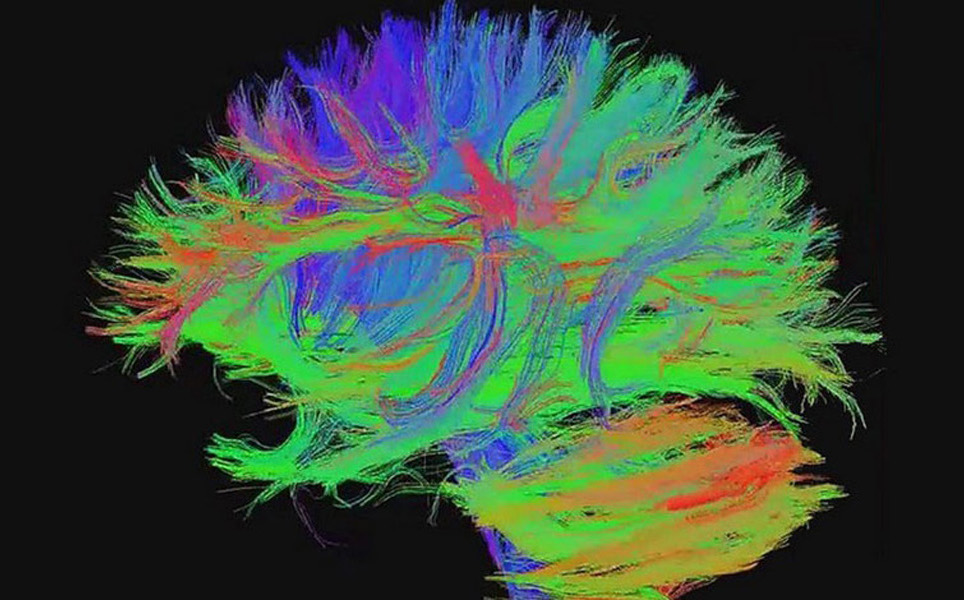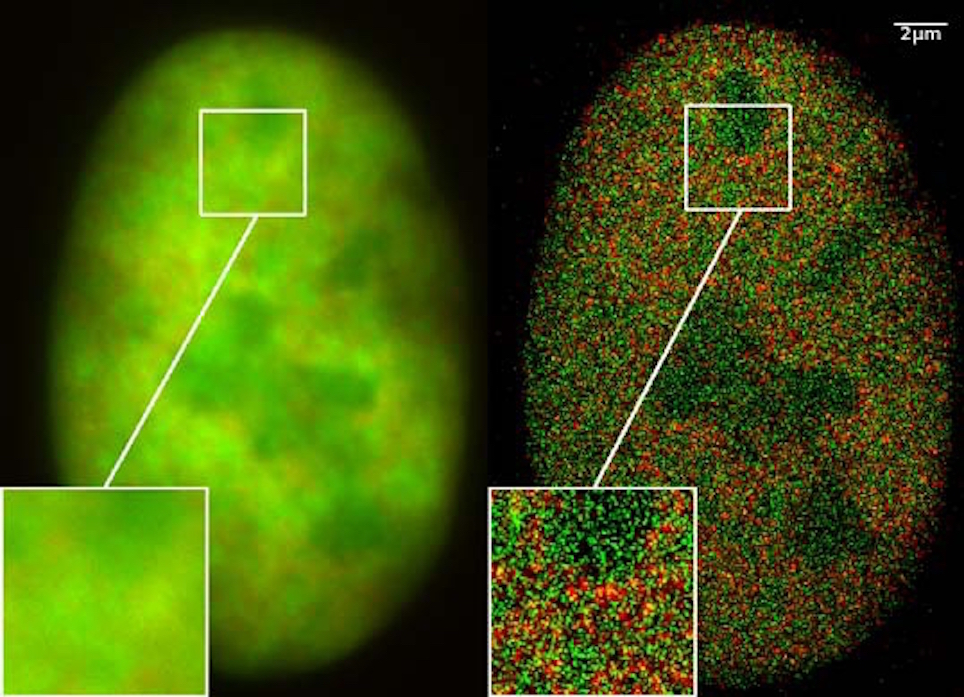
Looking back and forth: neuroscience in 2015 and predictions for the next 12 months
At the beginning of 2015, we made five predictions of trends people within our market expected to expand throughout the year. Here we take a look back at the last 12 months to see the outcome of these prophecies and what might happen in 2016.
2015: A review
1. Big Data
Huge data sets are becoming an inevitability of modern neuroscience as researchers create higher resolution images of cells, connections and functions within the CNS. Programmes like the BRAIN initiative in the US and Human Brain Project in Europe are attempting to achieve maps of complete brains with incredible detail, requiring massive datasets. More of these datasets are becoming openly available online, and other organisations like the Allen Institute’s Brain Atlas Data Portal are growing in size and function. This year the brain atlas added the Allen Cell Types Database detailing the data and analysis of single cells to allow users to investigate cell types within the brain.
2. Functional connectomics
Functional connectomics has continued to grow on every scale. Many years of work will still be required to complete the connectomes of complex animals, and one of the major problems is the huge amounts of data required to collect all of the information.

In 2015, scientists managed to create a nanoscale 3D brain map of the connections in a minuscule piece of mouse brain. A whole mouse brain would generate billions of gigabytes of data.
A recent technology feature in Nature (Neuroscience: Connectomes make the map) looks at how researchers are using various model organisms and technological advancements to show how different areas of the brain connect.
3. Optogenetics
This year Karl Deisseroth and Ed Boyden both won Breakthrough Prizes in honour of their contributions to the creation of optogenetic tools.
The prizes show how important the scientific and technological community is taking optogenetics and the technique continues to go from strength to strength.
Researchers recently developed a toolkit for in vivo Control of GABAA receptors and synaptic inhibition while developments in hardware included wireless probes for controlling neurons.
4. Multiphoton imaging of population activity in vivo
In 2015, researchers continued to develop new systems to improve recordings of neuronal populations in vivo.
Researchers from Janelia Farm demonstrated a fast method for two or one photon functional imaging of the whole larval Drosophila nervous system.
Colleagues from the same research institute are also continuing to develop genetically-encoded neuronal indicators to help study populations of neuronal activity.
5. Super-resolution microscopy
Super-resolution microscopy continues to become a more mainstream technique for researchers. The announcement of a Harvard spin-off that could provide a low-cost option for super-resolution microscopy that may make the hardware available to more labs.
To increase its usefulness for functional and physiological studies more work is required on making the microscopes compatible with live samples including in vivo opportunities.
What to expect in 2016
Twelve months is not a long time in science and throughout 2016, the five key areas mentioned above are likely to continue developing. There are still many hurdles to overcome in the fields of data, optogenetics, connectomics and microscopy and to get the most out of these technologies, there will be at least five more years of advancements and refinements in all of these areas.
Banner picture: Flickr/Photography by LTD


)